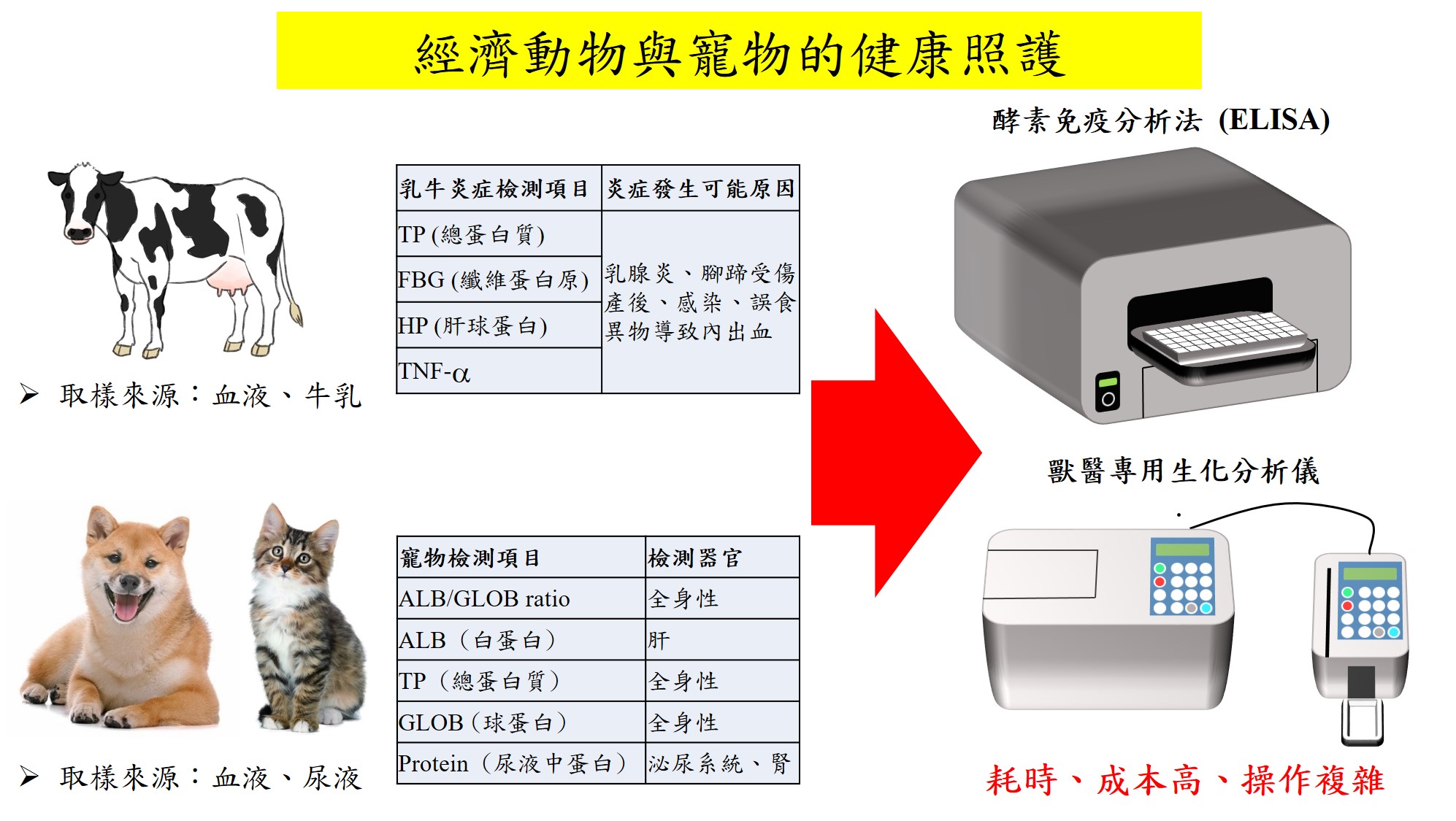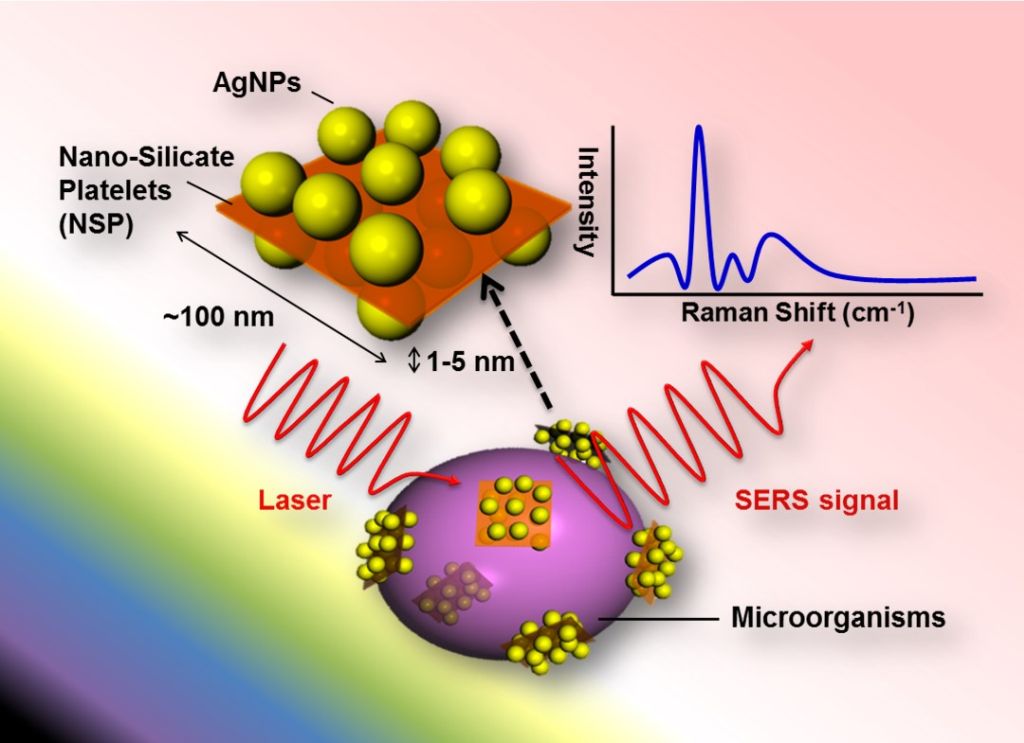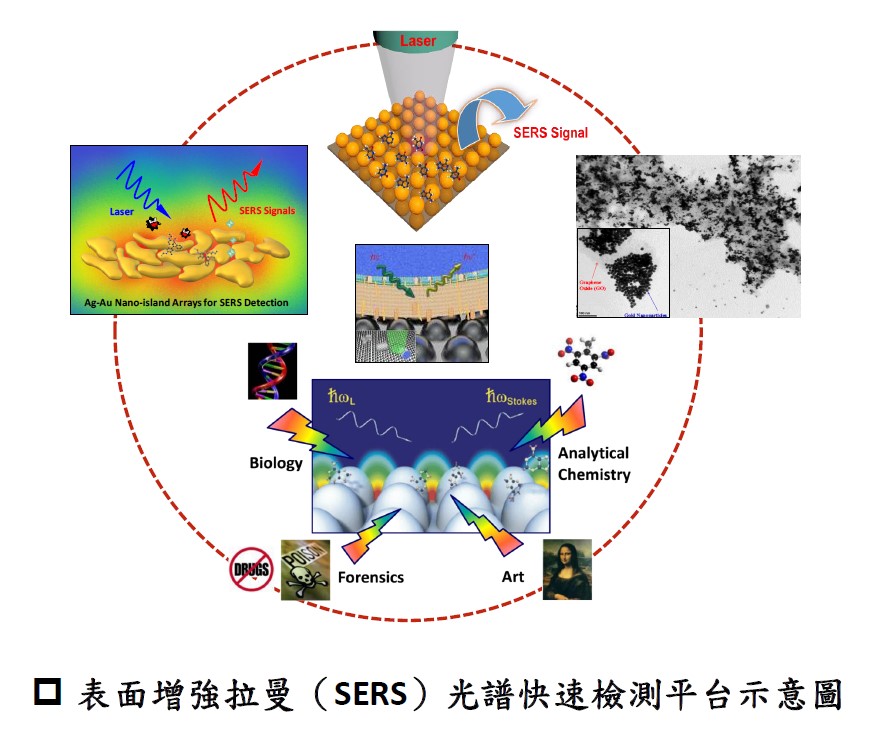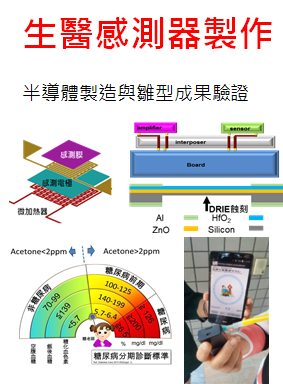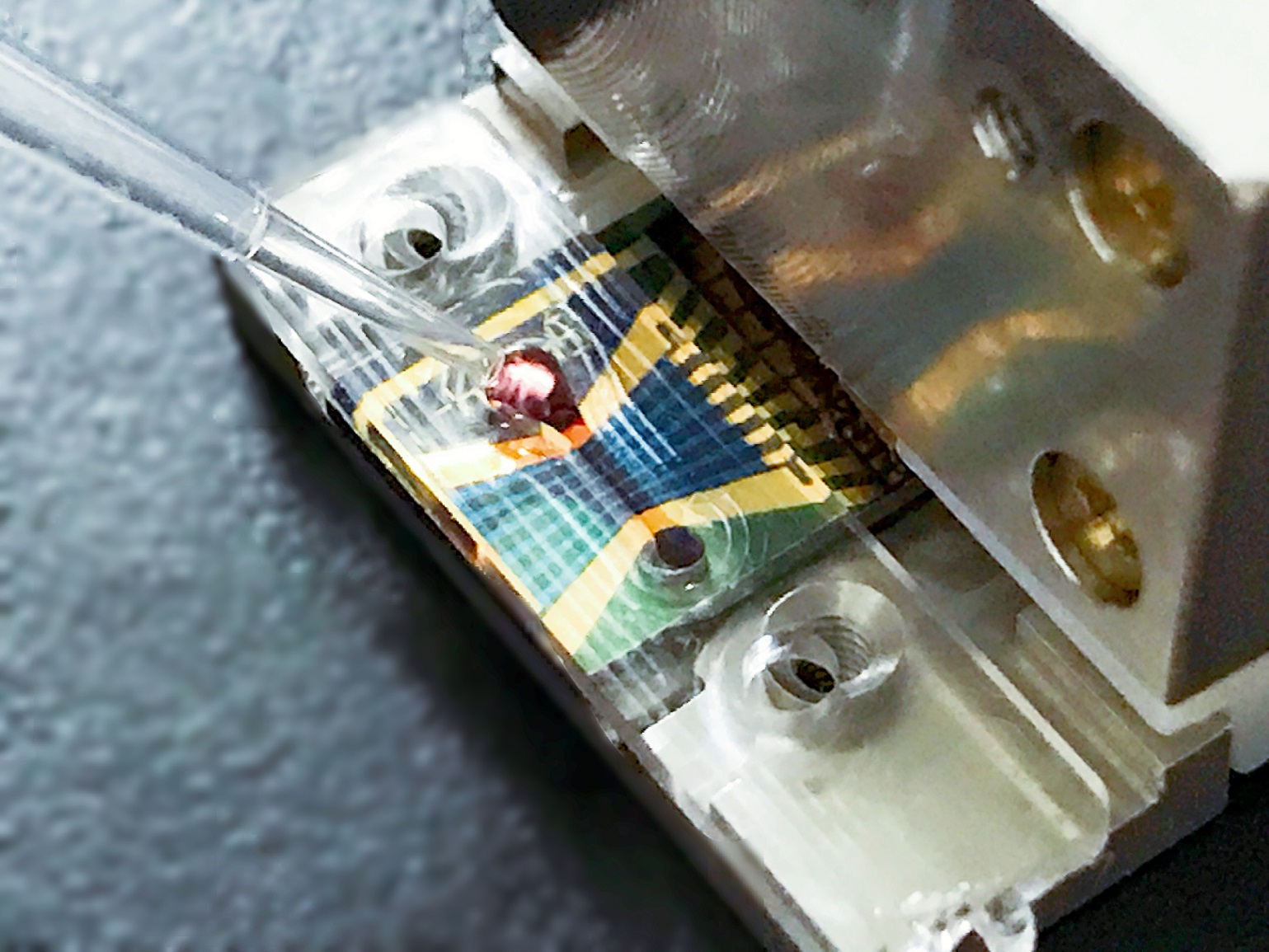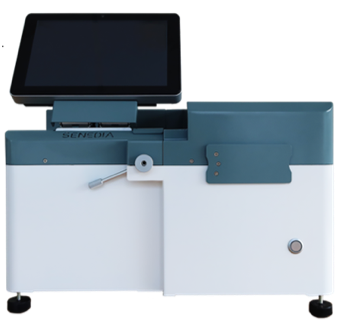| Technical Name | Ultrahigh-sensitive Semiconductor BiosensorAnalyzer | ||
|---|---|---|---|
| Project Operator | Molsentech | ||
| Project Host | 褚家容 | ||
| Summary | This technology is an electrical-based technique for disease detection, which is the integration of interdisciplinary technologies including semiconductor biosensor, hybridization, chemical modification, molecular modification, microfluidics system, micro-signal electronic circuit, data processing program,platform design & manufacturing. The detection time falls between 530 minutes with a wide variety of applications. The detection targets cover nucleic acid, antibody, antigen, environmental chemicals,so on. The detection limit is 10-15M for nucleic acid10-12g/ml for protein respectively. |
||
| Scientific Breakthrough | "Ultrahigh-sensitive Semiconductor Array Biosensor Technology We design thousands of elements on a single biosensor for multiple functions of signal processingerror correction. Surface Modification Technology We make real-time judgments on the results of chemical modification by interpreting the binding reaction between bio probesdetection targets. Microfluidics Technology We take advantage of polymer-made microfluidics to make sure that samples flow through our designed route in a single direction towards the designed effective sensing area. Analyzer Technology The automatic analyzer streamlines the whole detection process by controlling channel wash, liquid instillation, data readinganalys |
||
| Industrial Applicability | This technology has its unique advantages of ultrahigh sensitivity, high accuracy, velocity,being user-friendly. Speaking of applications, in addition to COVID19 RNA rapid test that we have received an EUA from Taiwan’s FDA, this technology could cover a variety of applications, including but not limited to: the detection of multiplex respiratory disease, clinical application of diabeteskidney diseases, the detection of animal cancers, the test of environmental chemicals,so on. The makers of biomarkers could also leverage this technology to validate the specificity of antibodies. |
||
| Keyword | Semiconductor Biosensor Ultrahigh-sensitivity Real-time Detection COVID19 Nano Technology Nucleic acid Detection Electrical Signal Microfluidics Heterogeneous Packaging Bio-probes | ||
- Contact
- Fan Sheng Yuan
- syfan@molsentech.com
other people also saw

